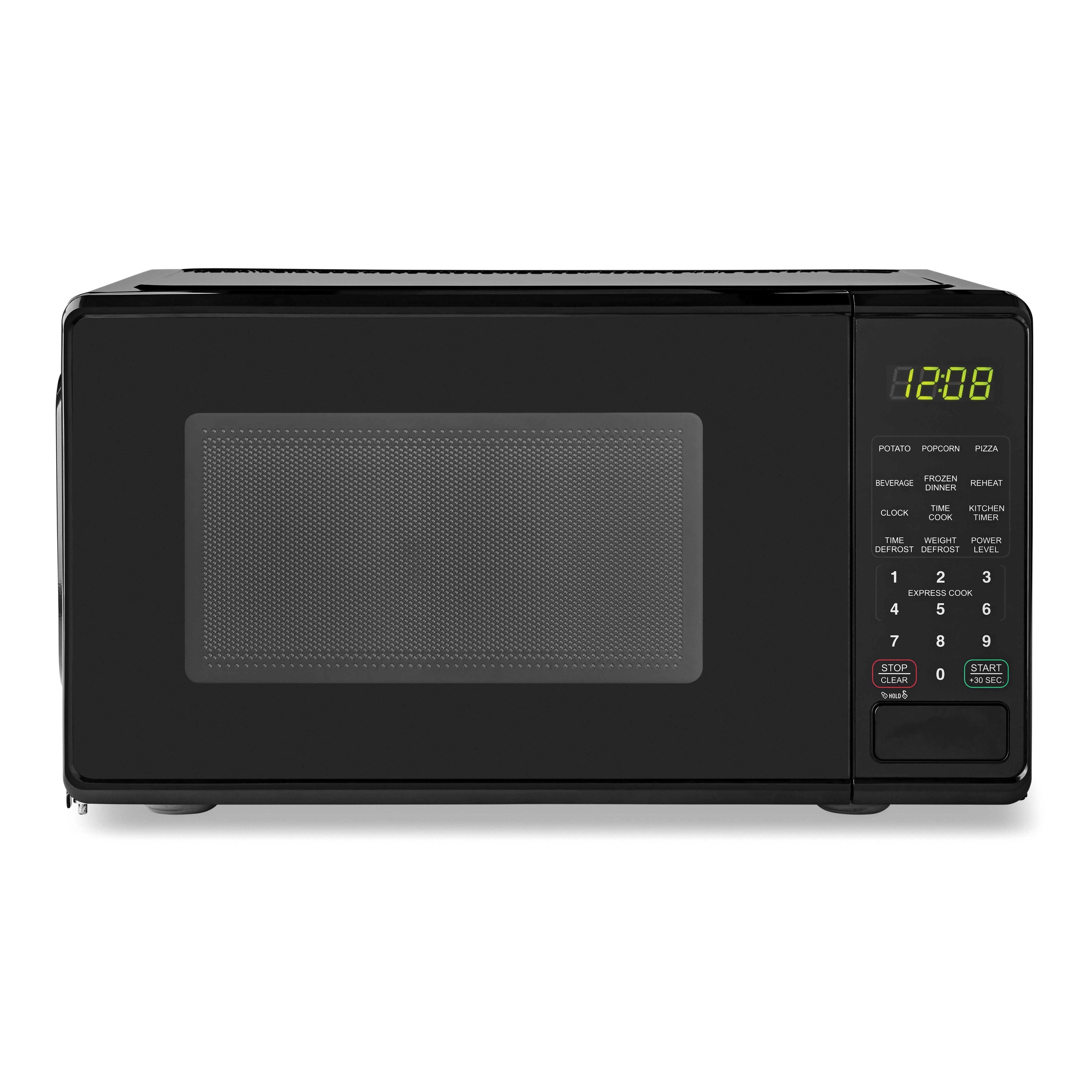Welcome to TheKitchenApplianceDad.com, where we delve deep into the essentials that make your kitchen both functional and inviting. Today, we’re slicing into the world of kitchen knives, an indispensable tool for any culinary enthusiast. From dicing vegetables to carving meats, the right knife set not only enhances your cooking experience but also ensures safety and efficiency in the kitchen.
Understanding Knife Types in a Set
Before you choose a knife set, it’s crucial to understand the different types of knives and their specific purposes:
- Chef’s Knife: This all-purpose knife is typically 8 inches long and is perfect for chopping, slicing, and mincing.
- Paring Knife: Ideal for peeling and other small or intricate work such as deveining shrimp, removing seeds, and cutting small garnishes.
- Bread Knife: With a serrated blade, this knife is designed for cutting bread without crushing it.
- Utility Knife: Smaller than a chef’s knife but larger than a paring knife, this tool is great for everyday tasks like cutting sandwiches or slicing medium-sized fruits and vegetables.
- Carving Knife: Designed for slicing thin cuts of meat, including poultry, roasts, hams, and other large cooked meats.
- Santoku Knife: This is a general-purpose kitchen knife with a straight edge, sheepsfoot blade, and a spine that curves down to meet the edge at the tip.

Key Features to Consider
When selecting the best kitchen knife set, consider the following features to ensure you get the most out of your purchase:
1. Blade Material
The most common materials used for knife blades are stainless steel, carbon steel, and high-carbon stainless steel. Each has its benefits and drawbacks:
- Stainless Steel: Highly resistant to rust and staining.
- Carbon Steel: Known for its sharpness and durability but is prone to rust.
- High-Carbon Stainless Steel: Combines the best of both, offering corrosion resistance with better edge retention.
2. Handle Comfort and Material
The handle should feel comfortable in your hand, making the knife easy to control and reducing fatigue. Common handle materials include wood, plastic, and composite. Each has different aesthetics, grip, and maintenance requirements.
3. Balance
A well-balanced knife feels stable in your hand and allows for better control and uniform cutting. Test the balance by gripping the knife at its handle; it should not feel overly front or back-heavy.
4. Sharpness and Edge Retention
A sharp knife is safer and more efficient. Look for a set that comes sharp out of the box and holds its edge well. Keep in mind that harder steel typically retains an edge longer but can be more challenging to sharpen.
5. Price
Knife sets can range from under $50 to several hundred dollars. More expensive sets generally offer better materials and craftsmanship but think about your budget and how often you’ll be using the knives.
6. Warranty and Brand Reputation
Consider purchasing from a reputable brand that offers a solid warranty. Brands like Wüsthof, Global, and Zwilling are well-known for their quality and customer service.
Top Picks for Kitchen Knife Sets
Here are a few highly recommended kitchen knife sets to consider, each offering a balance of quality, performance, and value:
- Wüsthof Classic Ikon 7-Piece Walnut Block Knife Set
- Features a full-tang, high-carbon stainless steel blade and an ergonomic handle. It includes all the essential knives and comes with a sturdy walnut block. See more here.
- Global 6-Piece Block Set
- Known for its modern design and razor-sharp edges, this set features Cromova 18 stainless-steel blades with a unique, ergonomic handle. Check it out here.
- Victorinox Fibrox Pro 8-Piece Knife Set
- Offers great value with high-quality Swiss blades and ergonomic handles. It’s an excellent option for both professional chefs and home cooks. Learn more here.
Care and Maintenance
To extend the life of your knives and maintain their performance, follow these simple care tips:
- Hand Wash: Always hand wash your knives with warm water and mild detergent; dishwashers can damage the blades.
- Dry Immediately: After washing, dry your knives immediately to prevent rust and corrosion.
- Regular Sharpening: Use a honing steel regularly and sharpen your knives as needed to keep them in top condition.
- Proper Storage: Store your knives in a block, on a magnetic strip, or in a designated drawer insert to protect the blades.
Key Takeaways from TheKitchenApplianceDad.com
- Diverse Knife Types: Understand the specific uses of each knife in your set.
–Consider Material and Balance: Opt for high-carbon stainless steel for durability and balance for easier handling. - Maintenance Is Key: Proper care will extend the life and performance of your knives.
- Invest Wisely: Choose a set that fits your budget and cooking frequency, without compromising on quality.
Choosing the right kitchen knife set is crucial for enhancing your cooking efficiency and enjoyment. Remember, a good knife set is an investment in your culinary future. Happy cooking!


